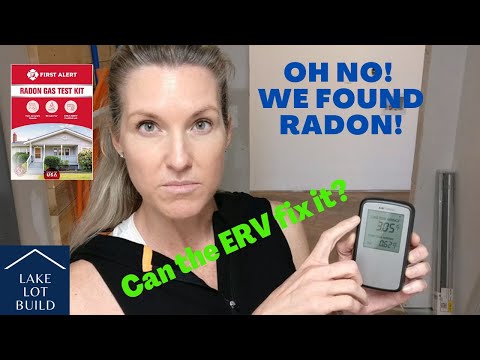Understanding Radon: Risks, Testing, and Mitigation Measures
Home » Health & Safety »
Understanding Radon and Its Risks
Radon is a colorless, odorless, and tasteless radioactive gas that is a significant health risk. It emanates from the natural decay of uranium found in soil, rock, and water. When radon gas is released, it can infiltrate homes and buildings, particularly in areas that are partially underground. Despite its invisibility, radon exposure is known to be the second leading cause of lung cancer in the United States, next to smoking.
It’s crucial for homeowners to be aware of radon levels in their dwelling, especially in areas designated as moderate or high radon zones. Even regions with lower average radon levels can have homes with dangerously high concentrations. Radon testing and appropriate mitigation measures are fundamental to ensuring a safe living environment.
Testing for Radon
To determine the presence of radon in your home, a test can be carried out using a simple charcoal test kit. This kit should be placed in the lowest living area of the house, often a basement or ground floor bedroom, for an extended period, typically around three days. Once the test period is complete, the kit is sent to a lab for analysis, and results are posted online.
In this particular case, the test was conducted in the primary bedroom of the house, which is partially underground. The results indicated a radon level of 7.7 pCi/L, significantly above the Environmental Protection Agency (EPA) action level of 4 pCi/L. Given these findings, immediate steps were necessary to reduce radon levels.
Monitoring Radon Levels
Following the initial radon test, a continuous radon monitor from Amazon was purchased to track radon levels in real-time. This device provides instantaneous readings as well as seven-day and long-term averages, which are invaluable when attempting to adjust or remediate radon levels in a home. Despite not being a sponsored recommendation, having consistent monitoring can be exceedingly beneficial for homeowners dealing with radon.
The continuous monitor confirmed the initial readings, showing the same elevated levels of radon. Such devices are essential for providing ongoing data, enabling homeowners to assess the effectiveness of their mitigation efforts and make necessary adjustments.
Mitigation Measures
To address the high radon levels, the homeowners initially utilized their Energy Recovery Ventilator (ERV). The ERV system was adjusted to increase the air exchange rate, aiming to introduce more fresh air into the home while expelling radon-laden air. However, the initial settings led to an increase in indoor radon levels.
Further adjustments were made to create a positive pressure within the house by reducing the exhaust rate while maintaining the supply rate. This change proved effective, reducing the long-term radon average to 3 pCi/L and decreasing the real-time average to between 0.62 and 1.18 pCi/L. The goal is to continue reducing these levels until they are consistently below 1 pCi/L.
Design Considerations for New Homes
When constructing a new home, especially those with basements or slabs in contact with the ground, it is prudent to install a passive radon mitigation system. This can be as simple as laying a pipe under the foundation that can later be connected to an active mitigation system if needed. Incorporating such features during construction can save significant time and expense compared to retrofitting an existing home.
For homes with higher radon levels that cannot be remedied through ventilation alone, an active soil depressurization system might be necessary. This system uses a fan to create a vacuum under the house, pulling radon from beneath the foundation and venting it outside. Pre-installing the necessary piping during construction facilitates this process if it becomes necessary in the future.
Legal and Health Implications
Mitigating radon is not only a health imperative but can also have legal ramifications. Some states and municipalities have regulations requiring radon disclosure during real estate transactions, and high radon levels can affect property values. It’s advisable for homeowners to stay informed about local regulations and take proactive steps to maintain safe radon levels.
Additionally, various financial incentives and assistance programs may be available for radon mitigation. Homeowners should research potential grants or loans that can help offset the cost of installing a mitigation system, ensuring that financial barriers do not prevent necessary health measures.
Final Thoughts
Addressing radon is a vital aspect of home maintenance and health safety. Regular testing, continuous monitoring, and proactive mitigation can significantly reduce radon exposure and its associated health risks. Homeowners should not overlook this silent hazard and take appropriate steps to ensure a safe living environment. For those building new homes, incorporating radon-resistant features from the outset is a wise investment in long-term health and safety.




